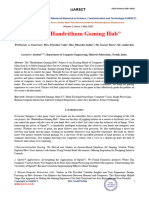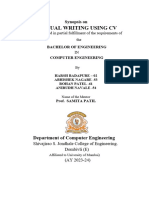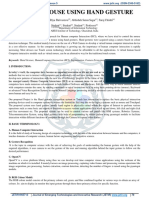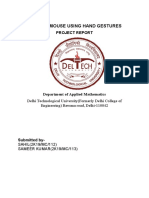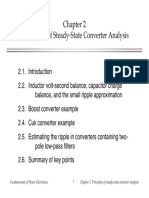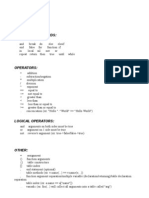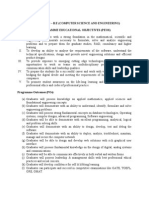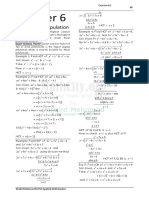0% found this document useful (0 votes)
7 views4 pagesVirtual Draing Board Using Hand Tracking
The document discusses the development of a virtual drawing board that utilizes hand tracking technology for an immersive drawing experience, eliminating the need for traditional input devices. It highlights the use of computer vision algorithms and libraries like OpenCV and MediaPipe to accurately detect and track hand movements in real-time, with potential applications in art, design, and education. The proposed methodology includes advanced gesture recognition techniques and user studies to evaluate system effectiveness and user satisfaction.
Uploaded by
dayakarjigiCopyright
© © All Rights Reserved
We take content rights seriously. If you suspect this is your content, claim it here.
Available Formats
Download as PDF, TXT or read online on Scribd
0% found this document useful (0 votes)
7 views4 pagesVirtual Draing Board Using Hand Tracking
The document discusses the development of a virtual drawing board that utilizes hand tracking technology for an immersive drawing experience, eliminating the need for traditional input devices. It highlights the use of computer vision algorithms and libraries like OpenCV and MediaPipe to accurately detect and track hand movements in real-time, with potential applications in art, design, and education. The proposed methodology includes advanced gesture recognition techniques and user studies to evaluate system effectiveness and user satisfaction.
Uploaded by
dayakarjigiCopyright
© © All Rights Reserved
We take content rights seriously. If you suspect this is your content, claim it here.
Available Formats
Download as PDF, TXT or read online on Scribd
/ 4










